ssat.vn – You want to register for the GMAT test but still have doubts about your math ability, to answer your concerns, this article will help you get GMAT Quantitative tips for beginners to achieve a high GMAT score in the upcoming exam.
Related posts:
GMAT Quantitative
Time: 62 minutes
Structure: 31 questions
You need to apply your math knowledge to reasoning questions, and use your logic and analytical reasoning to solve quantitative problems on the math test in the following areas:
- Arithmetic – basic areas of arithmetic, including integers, fractions, powers and roots, statistics, and probability
- Algebra – topics, such as variables and functions, and how to solve different types of equations.
- Geometry – the properties of geometric objects, including quadrilaterals, triangles, circles, solids, and cylinders, and coordinate geometry
- Word problems – blending arithmetic, algebraic, and geometric principles to solve problems
For more: How to study Chemistry in English well?
GMAT Quantitative tips for beginners
The best way for you to know GMAT Quantitative tips for beginners is that you need to understand the types of exercise in the test and thereby draw your own test-taking experience.
The best way for you to understand how to prepare for the GMAT Quantitative exam for those who are not good at Math, you need to understand the types of questions in the test and thereby draw your own test-taking experience. Below is a summary of frequently asked question types and their answers and explanations for your reference.
The GMAT Quantitative section includes two types of questions: Data Sufficiency and Problem Solving.
Data Sufficiency: This section includes questions in the quantitative section that are multiple-choice questions framed as word problems that you will need to use your knowledge of algebra, geometry, and arithmetic to solve. This type of question really requires you to quickly determine what information you will need to know and most effectively eliminate false answers.
Data Sufficiency questions measure your ability to analyze a quantitative problem, recognize which data are relevant, and determine at what point there is enough data to solve a problem. Decide whether the problem allows only one value or a range of values. Remember that you are only determining whether you have enough data.
Avoid making unwarranted assumptions based on geometric figures. Figures are not necessarily drawn to scale.
For more: Differences between A-level Math and A-level Further Math
Problem Solving: Questions involving algebra and geometry assess the candidate’s ability to discern what data is needed to solve equations. You need to differentiate the data to answer the question correctly. Problem Solving is a classic question type on standardized tests. Each question in this section contains 5 different options, including clauses 23/37 questions. This section tests high school math skills, although it’s simple for those of you who are not good at math or have ignored high school math knowledge in college years, it’s quite difficult.
The other few unscored questions are sample questions that are being tested for use in future tests. There are two types of questions in the Quantitative section: Data Sufficiency questions, while the rest are Problem Solving questions.
Hopefully, through this article, you have learned all of the GMAT Quantitative tips for beginners.
For more: Intertu Academy
ssat.vn – A place to share all the experiences of Test Prep exams (SSAT, SAT, ACT, GMAT, GRE…) for students preparing to study abroad. If you have any questions, please contact us directly via email or hotline for free advice.
Tags: GMAT, GMAT Quantitative, GMAT Quantitative tips for beginners1310

